Gluten-free pancakes are a type of pancake made without using any gluten-containing ingredients. Gluten is a protein found in wheat, barley, and rye, which gives dough and batter their elasticity and structure.
Gluten-free pancakes are suitable for people with celiac disease, gluten intolerance or sensitivity, or those who follow a gluten-free diet for other health reasons.
These pancakes are made using alternative flour that does not contain gluten, such as almond flour, coconut flour, or gluten-free oat flour. The texture and taste of gluten-free pancakes can be different from regular pancakes, but they can still be delicious and satisfying.
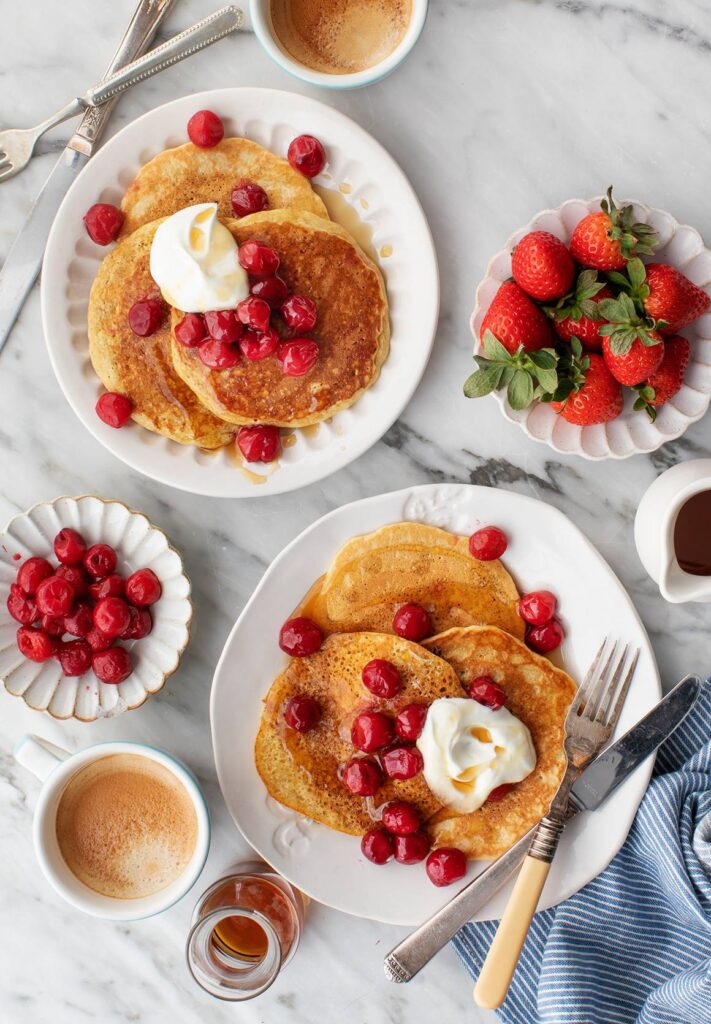
SEE ALSO:
- Best Green Tea Shot Recipe: (How to Guide)
- Scooby Snack Shot
- Delicious Tacos Recipe for Your Next Taco Tuesday
Flours to use for Gluten Free Pancakes
1. Coconut Flour
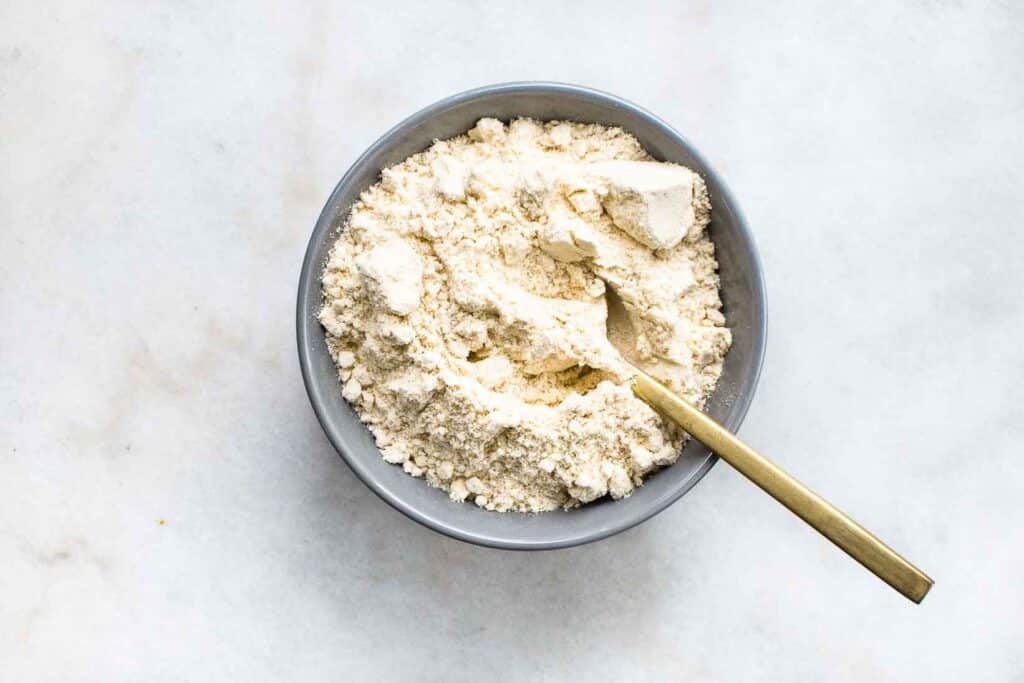
Coconut flour is a great replacement for white and wheat flour. Coconut flour nutrition is high in fibre and healthy fats, so if you’re looking to go on a lower-carb diet, vegan diet or you hope to lose weight fast, one of the best things to do is use coconut flour.
The health benefits of coconut help to support a healthy metabolism and the high level of coconut saturated fat can be used for energy.
2. Rice Flour
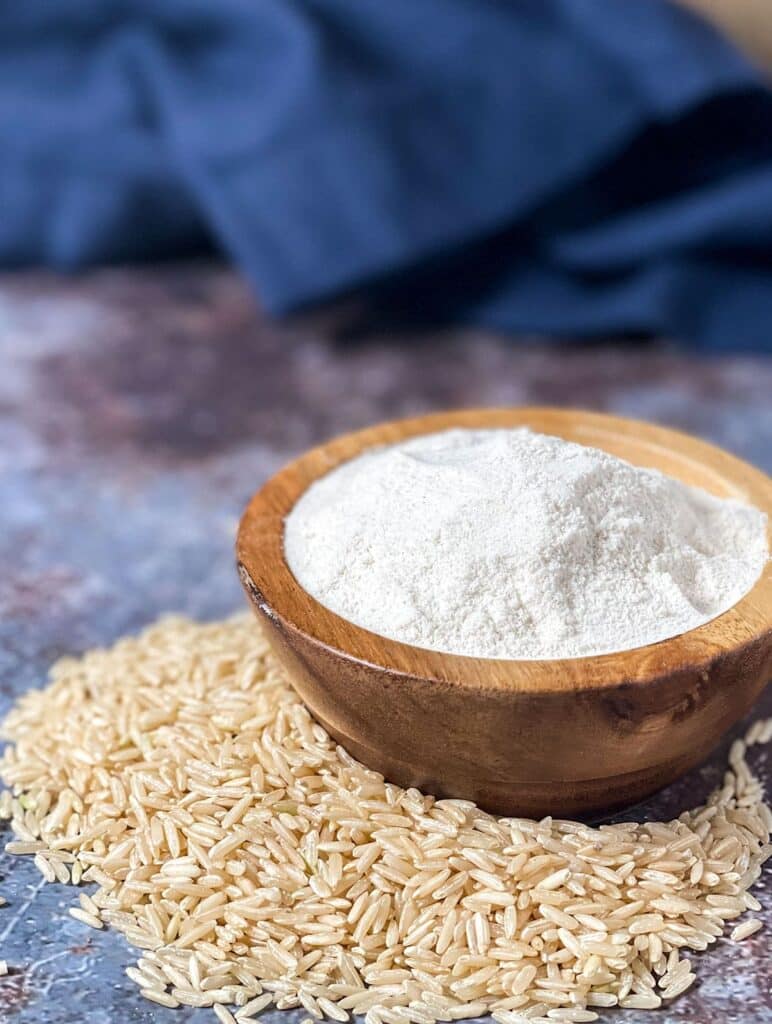
Brown rice flour has a nutty flavour that works best when combined with other flours to help avoid a crumbly, dry texture. A health benefit to having the brown rice version compared to white is that the husk remains intact, which provides more fibre and nutritional value, such as increased calcium and zinc.
Related: 200 milliliter to cups
3. Almond Flour
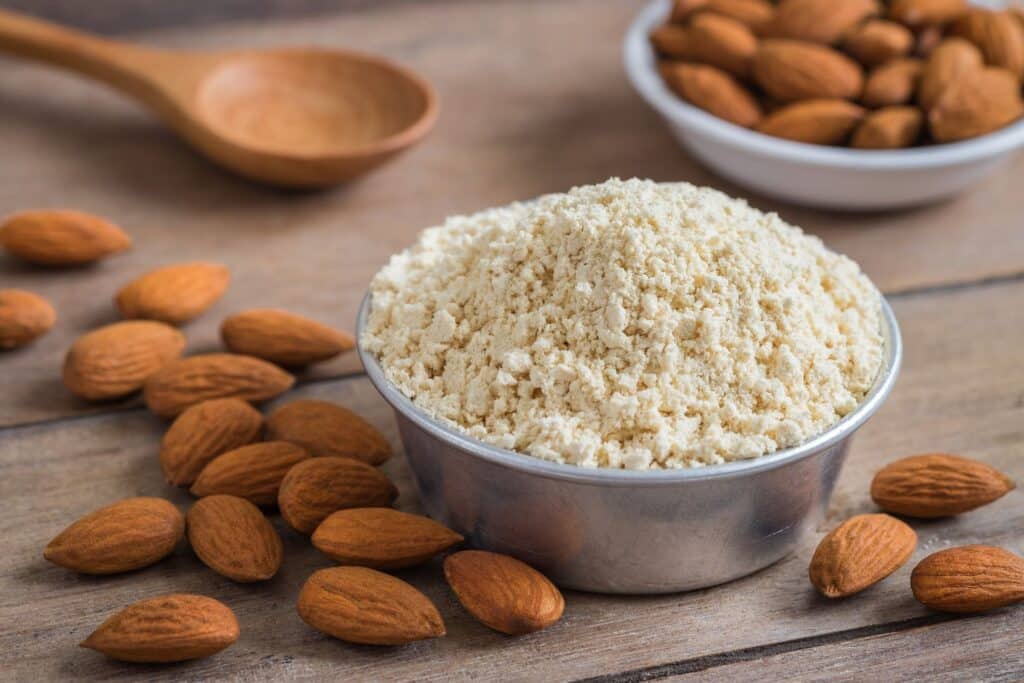
Almond flour is packed with L-arginine, magnesium, copper, manganese, calcium, and potassium. Almonds are also a high-fibre food and contain certain types of healthy fats.
And the awesome thing about almond flour is that it’s simply ground-up almonds so it gives you all of the original almond’s health benefits. One cup of this flour contains about 90 almonds and provides more than 100 per cent of the daily requirement for vitamin E.
4. Tapioca Flour
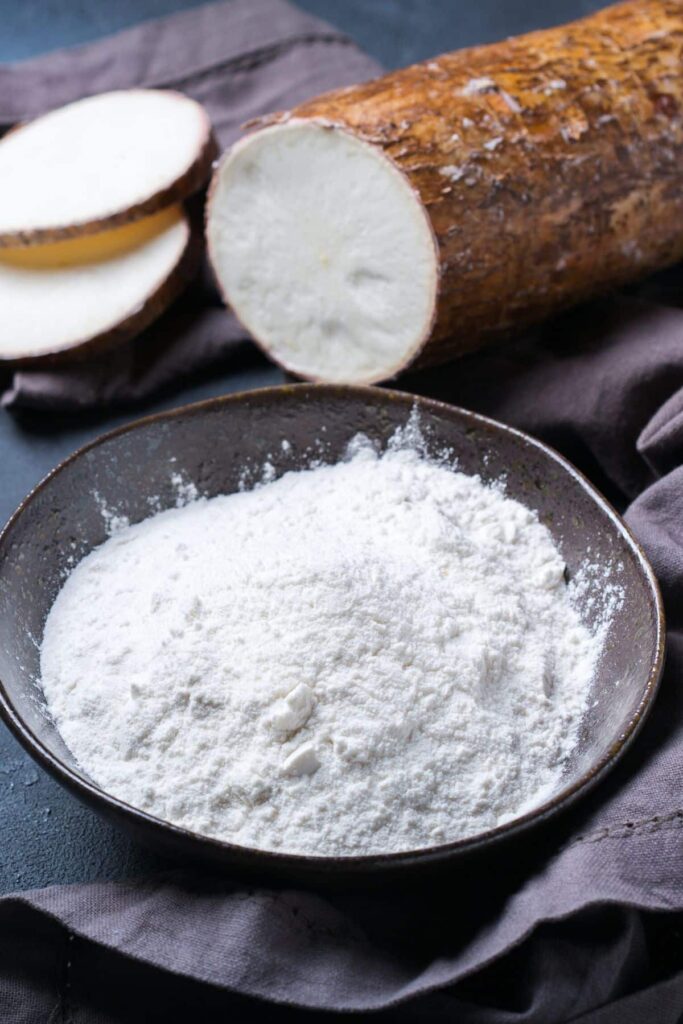
Tapioca is one of the purest forms of starch there is. Tapioca is typically used as a thickening agent in recipes. Even when it doesn’t offer many nutrients outside of carbohydrates/starch, tapioca is a low-calorie, sugar-free option.
In a quarter cup of tapioca flour, there are 100 calories, 26 grams of carbohydrates, and almost no sugar, fat, or protein.
5. Arrowroot Flour
Arrowroot is used most often as a thickener in food. It serves as a gluten-free, healthier alternative to cornstarch, which is often a genetically modified (GMO) product. Arrowroot flour is great for people with a sensitive digestive system. It is one of the easiest starches for the body to digest and has many anti-inflammatory properties.
6. Cassava Flour
Cassava flour is made by grating and drying cassava root. One cup of raw cassava provides 71 per cent of your daily value of vitamin C, which promotes healthy skin, fights free radical damage, and improves the health of gums and teeth.
Although cassava flour provides few other nutrients, it allows you to enjoy baked goods low in calories, fat, and sugar all at a low cost. One of the best things about using cassava flour is its neutrality in terms of taste. It doesn’t have a dry, strong, or unfamiliar taste or texture that often comes with using some gluten-free flour.
7. Buckwheat Flour
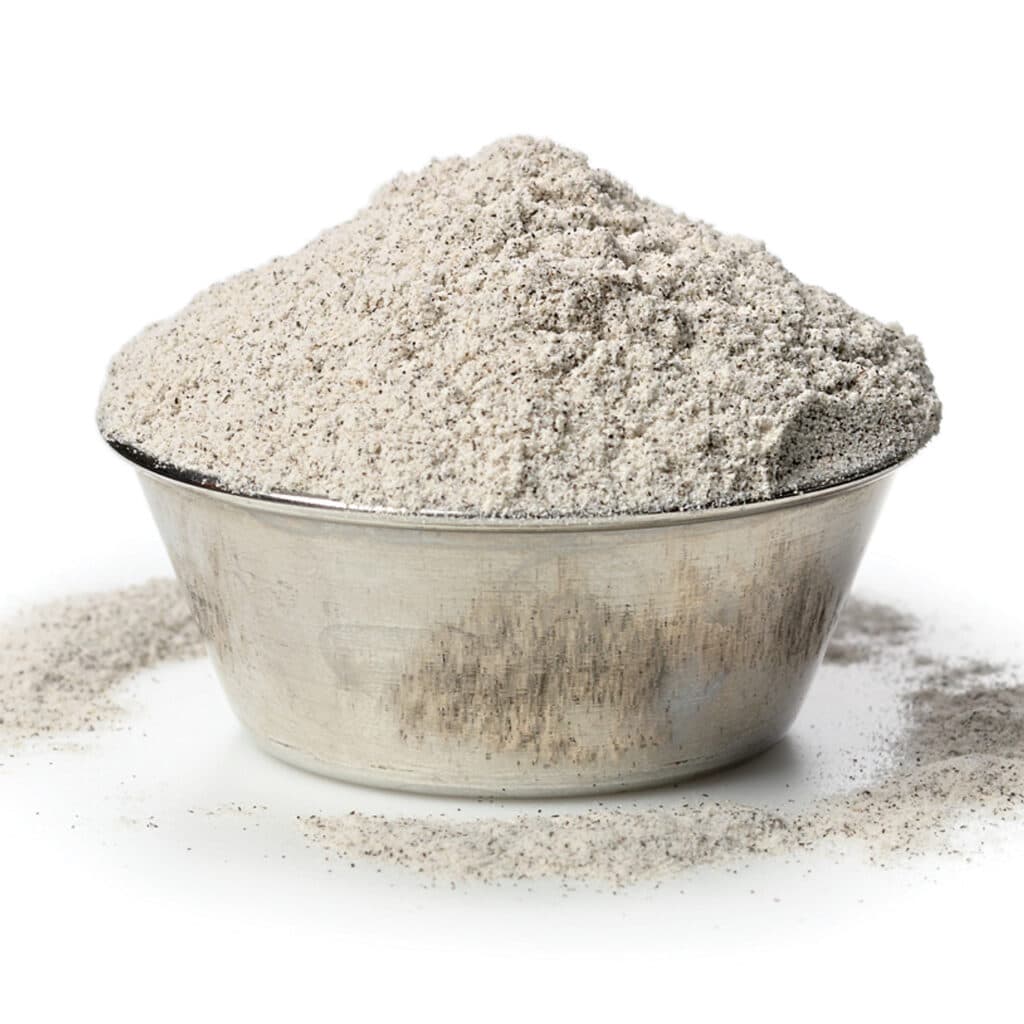
Buckwheat may contain the word “wheat,” but it is not a wheat grain and is gluten-free. Buckwheat flour provides a rich, earthy flavour and is good for baking quick and yeast bread. Due to its lack of gluten, it tends to be crumbly in nature.
To make a quality product, it can be combined with other gluten-free flour like brown rice flour. It contains a variety of B vitamins and is rich in the minerals iron, folate, magnesium, zinc, manganese, and fibre.
8. Teff Flour
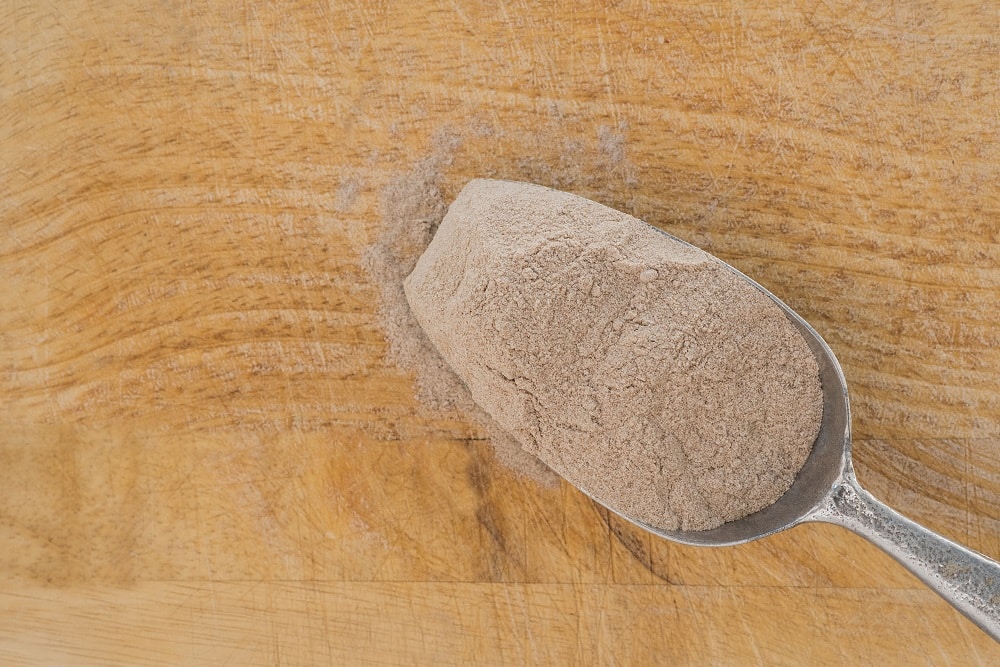
Teff is the world’s smallest grain and is 1/100 the size of a kernel of wheat. It comes in a variety of colours, ranging from white to red to dark brown. Light colours have a mild flavour, while darker shades are more earthy in taste. Teff flour has traditionally been used to make injera, a fermented, sourdough-like Ethiopian bread.
It’s now also used for other foods like pancakes, cereals, bread, and snacks. It can be substituted for 25–50% of wheat or all-purpose flour. Teff flour is high in protein, which promotes a feeling of fullness and can help reduce cravings. Its high fibre content can help manage blood sugar, decrease appetite, and aid weight loss.
9. Oat Flour
Oat flour is made by grinding whole-grain oats. It gives baked goods more flavour than all-purpose flour and results in a chewier, crumblier texture. Baking with oat flour will likely make your end product more moist. Due to its lack of gluten, some ingredients will need to be adjusted to create light and fluffy baked goods.
Oats contain a type of soluble fibre called beta-glucan, which has numerous health benefits. This fibre can help lower “bad” LDL cholesterol, as well as blood sugar and insulin levels. They’re also rich in other nutrients like protein, magnesium, phosphorus, B vitamins, and antioxidant.
10. Chickpeas Flour
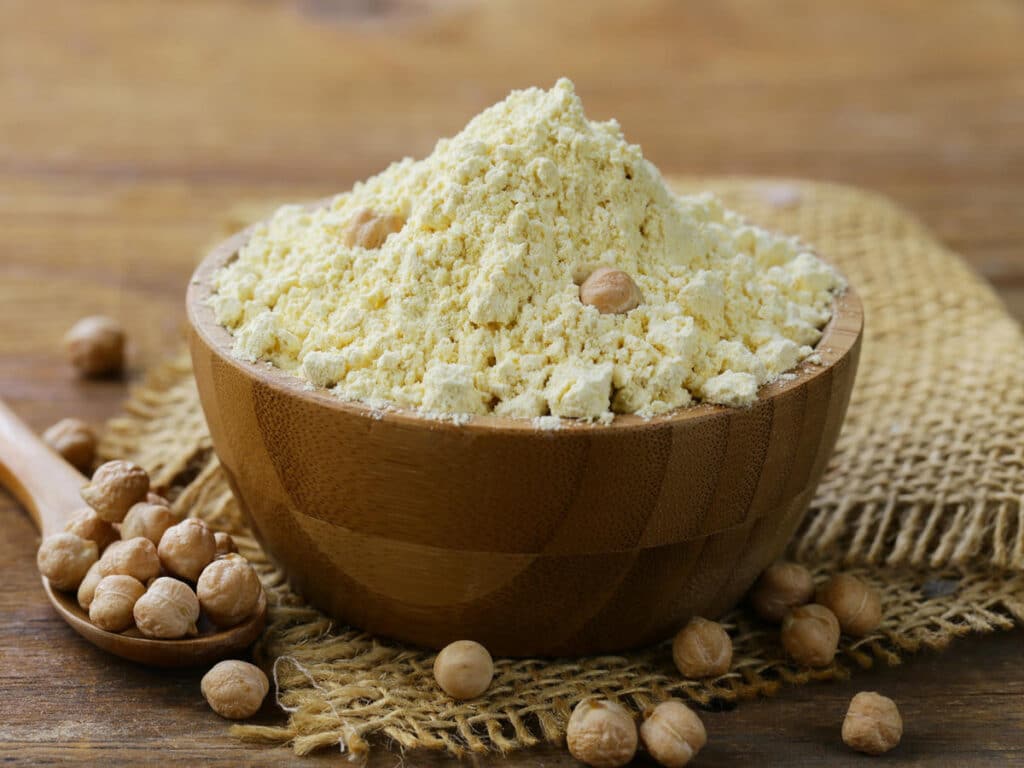
Chickpeas are part of the legume family. Chickpea flour is made from dry chickpeas and is also known as garbanzo flour, gram flour, and besan. Chickpeas have a nutty taste and grainy texture and are popular in Indian cuisine. Chickpea flour is used to make falafel, hummus, and flatbread socca.
It’s a good source of fibre and plant-based protein. These nutrients work together to slow digestion, promote fullness and manage body weight. Chickpea flour is also high in minerals, magnesium, and potassium, both of which play a positive role in boosting heart health
Related: what is a quart
Gluten-Free Pancakes Recipe
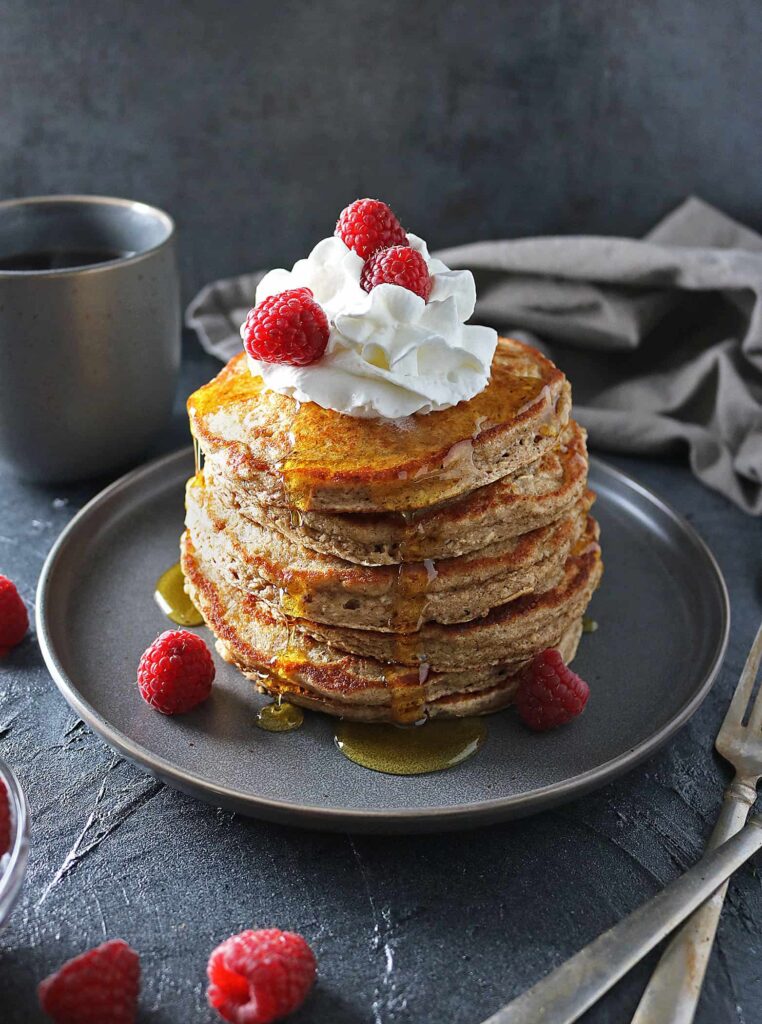
Ingredients needed for the Gluten Free Pancake Recipe
- 1 cup all-purpose gluten-free flour
- ½ teaspoon gluten-free baking powder
- ½ teaspoon salt
- ½ teaspoon ground cinnamon
- 1 large egg
- 1 tablespoon vegetable oil
- 1 teaspoon vanilla extract
- ½ cup cold milk, or more as needed
- cooking spray
Instructions On How to Make A Gluten Free Pancake
- Whisk flour, baking powder, salt, and cinnamon together in a bowl until well combined.
- Whisk egg, vegetable oil, and vanilla together in a second bowl until well combined. Gradually stir dry ingredients into wet ingredients with a wooden spoon until incorporated; the batter should still be still lumpy.
- Add milk and mix until the batter is smooth. Let sit until thickened, 5 to 10 minutes. Stir in more milk, 1 tablespoon at a time, if the batter is too thick.
- Spray a griddle with cooking spray and preheat over medium-low heat.
- Working in batches, drop 1 to 2 heaping tablespoonfuls onto the preheated griddle for each pancake. Cook until bubbles form and the edges are dry, 3 to 4 minutes. Flip and cook until browned on the other side, 2 to 3 minutes
Related: how long can you keep chicken in the fridge
Tips for making gluten-free pancakes
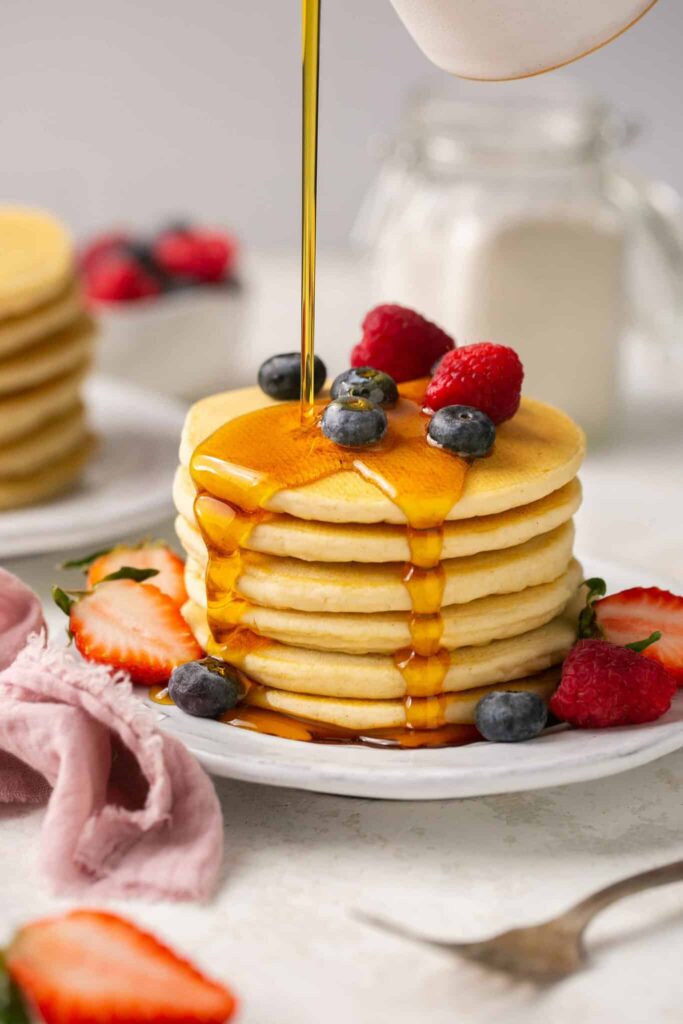
Cooking perfect gluten-free pancakes can be a bit challenging due to the absence of gluten, which can affect the texture and structure of the pancake batter. However, with these tips, you can achieve delicious and fluffy gluten-free pancakes:
1. Choose the right flour
Select a gluten-free flour blend that is suitable for making pancakes. You can use a combination of flour like rice flour, tapioca flour, and cornstarch to mimic the texture of wheat flour. Make sure to check the label to ensure that the flour is certified gluten-free.
2. Use buttermilk or yoghurt
Adding acidic ingredients like buttermilk or yoghurt to your pancake batter can help to tenderize the gluten-free flour and improve the texture of the pancakes. Alternatively, you can add a teaspoon of apple cider vinegar to your non-dairy milk to create a similar effect.
3. Let the batter rest
Letting the batter rest for 10-15 minutes can help the gluten-free flour absorb the liquid, resulting in a smoother batter and better pancake texture.
4. Don’t overmix the batter
Overmixing the batter can cause the pancakes to become tough and rubbery. Mix the batter until all the ingredients are just combined.
5. Use a non-stick skillet or griddle
Using a non-stick skillet or griddle can prevent the pancakes from sticking and make them easier to flip.
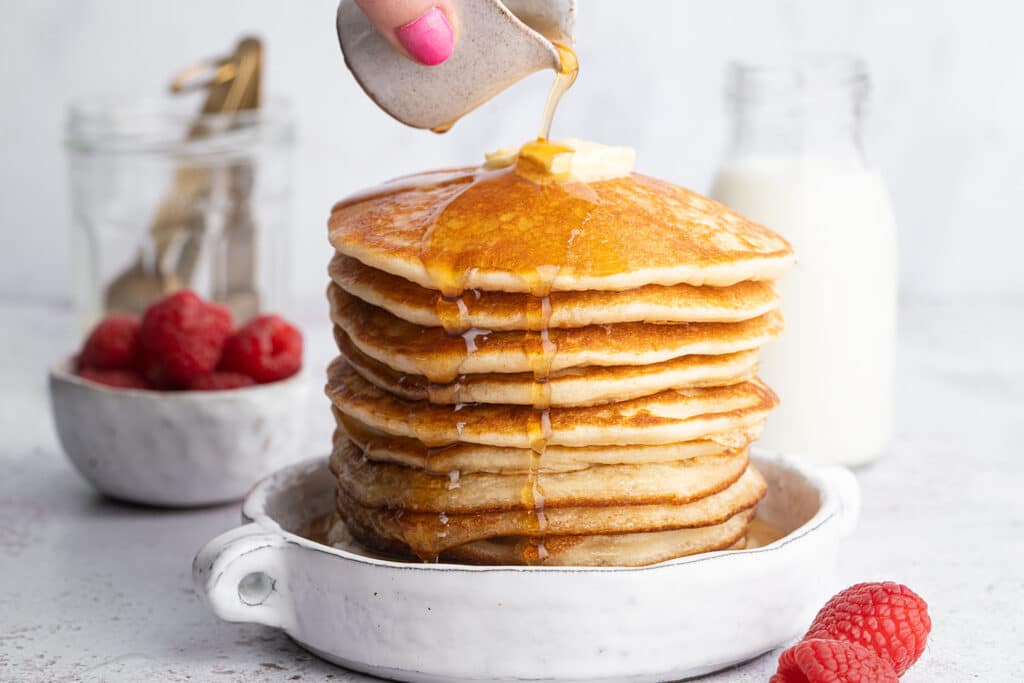
Gluten-Free Pancake Toppings
1. Lemon Zest
Topping your pancakes with lemon zest (and mixing some juice into the batter) is a great way to add freshness to your plate. Trust us, you’ll love it!
2. Caramel Sauce
Caramel sauce is another great alternative to regular pancake syrup. It makes a regular breakfast feel festive!
3. Blueberries
Blueberries are another popular breakfast fruit. And for good reason: They’re both delicious and a great source of antioxidants.
4. Caramelized Bananas
These caramelized bananas will win over anyone! They make any plain stack of pancakes taste like warm banana bread.
5. Apples
Apples are another great fruit to top your pancakes with. Their crunchy tartness is a great companion to fluffy flapjacks.
Read our article on Apple Pie Recipe
6. Peanut Butter
Give breakfast a nutty twist by topping it with your favourite peanut butter. Both creamy and crunchy peanut butter would taste great!
7. Ice Cream
Turn any stack of pancakes into dessert by just adding a scoop of ice cream. Vanilla, chocolate, and coffee are all great flavours to try!
Read: American Pancake Recipe
Conclusion
Just because you have to avoid gluten doesn’t mean you have to give up on pancakes altogether. With the right ingredients and techniques, you can enjoy delicious and fluffy gluten-free pancakes any time of the day.
Experiment with different gluten-free flours and add-ins to create your favourite pancake recipe. Remember to be patient, take your time, and follow the tips outlined above to cook perfect gluten-free pancakes every time. Happy cooking and happy eating!
Related: How to make pancakes
FAQs
What is gluten-free pancake mix made of?
Gluten-free pancake primary ingredients include white rice flour, brown rice flour, potato starch, and whole-grain sorghum flour, producing fluffy, light pancakes with the addition of 2 eggs, milk, and oil (or butter).
Do gluten-free pancakes taste the same?
A really good gluten-free mix that purports to be similar to all-purpose flour won’t taste a great deal different from regular pancakes. The texture might be a bit finer, and the taste might be lighter.
Are gluten-free pancakes good for you?
Yes, they are. Consuming gluten-free pancakes can:
increase in energy, resulting in more stamina, better athletic performance, and finally saying goodbye to an afternoon slump at work
Increased ability to focus, which helps increase productivity
Enhanced cognitive abilities, such as problem-solving abilities, logical thinking, and even being able to handle stress better
Losing weight is one of the main benefits of going gluten-free and one of the most popular reasons that so many people are deciding to live a gluten-free lifestyle.
Do oats have gluten?
While oats are naturally gluten-free, they may come in contact with gluten-containing grains such as wheat, rye, and barley at the farm, in storage, or during transportation
Does rice have gluten?
Yes, all rice (in its natural form) is gluten-free. This includes brown rice, white rice, wild rice, and rice flour. Even Asian or sticky rice, also called “glutinous rice,” is gluten-free, despite its name.
.
